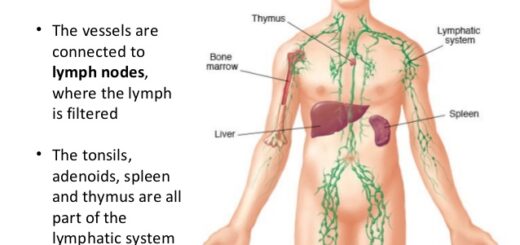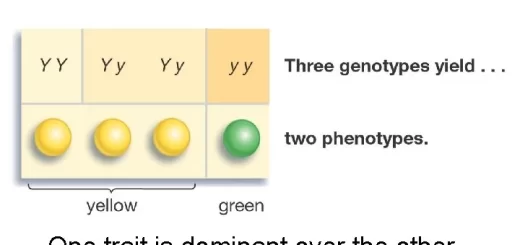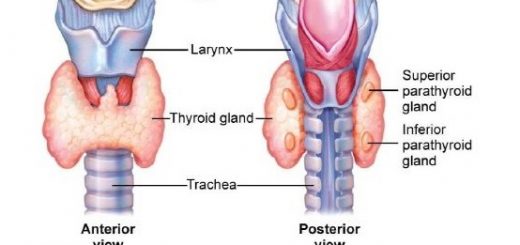Methods of reproduction in living organisms (Asexual reproduction and Sexual reproduction)
All living organisms start their life by continuously seeking to secure their existence as individuals and save the energy required for their growth till a certain stage, then they seek to maintenance of their species by reproduction so that they direct most of their energy and behaviour to it.
Reproduction
It is a vital process that carried out by the living organism (after reaching a certain limit of growth), to maintain its species and protect it from extinction and increase its numbers, The reproduction process depends on all the other vital functions of the living organism and not the reverse.
All vital processes (except reproduction) are necessary for the continuity of the individual’s life, they assure the existence of individuals, If it is impeded (according to the individual), The individual perishes immediately, The time of performance starts from the beginning of the individual’s life to supply him with the energy required for continuity of his life.
The reproduction process does not affect the continuity of the individual’s life, It assures the continuity of species on Earth, even after the death of individual’s, and increases their numbers, and if the reproduction process is impeded at the population level, it leads to the extinction of the species.
If it is impeded (according to the individual), It does not affect the normal life of the individual, even if the genital organs are removed, The time of performance starts after reaching a certain stage of growth, the individual directs most of his energy and behaviour to reproduction.
From the previous, we conclude that the reproductive function is less important to the individual’s life than the other vital processes.
The reproductive capacities among the living organisms
The reproductive capacities differ among living organisms, due to:
Various ambient
Example: The aquatic organisms produce much more progeny than that produced by their land relatives.
Life nature and prevalent hardships
Example: the parasites produce more progeny than other free-living organisms in order to compensate for their loss.
Evolution of living organisms and their age
Example: the production of primitive or short-aged organisms progeny is much more than the higher or long-aged ones, because the production of the latter is less endangered, due to the care and protection that they provided from their parents.
From the previous, it is obvious that the species and individuals seen around at the present express:
- The success of their ancestors in reproduction.
- Their overcoming of the hardships that they faced throughout their consecutive generations.
Example: many of the extinct forms of life such as dinosaurs and other giant reptiles had failed to continue the reproduction process and overcome the hardships that they faced throughout their consecutive generations.
The living organisms reproduce in many ways and modes, for the continuity of their species, These modes can be grouped into two main methods which are Sexual reproduction & Asexual reproduction.
Methods of reproduction
Asexual reproduction
- Binary fission [Simple algae, Bacteria, Paramecium & Amoeba]
- Budding [In unicellular organisms (yeast), In multicellular organisms (Hydra-sponges)]
- Regeneration [Hydra, Planaria & Sea star (Starfish)]
- Sporogony [Bread mold fungus, Mushroom fungus & Some algae and ferns]
- Parthenogenesis [ Natural parthenogenesis (honey bee – aphid insect), Artificial parthenogenesis (frog – sea star – rabbit)]
- Tissue culture [Carrot plant, Tobacco plant]
Sexual reproduction
- Conjugation [Conjugation in Spirogyra]
- Reproduction by sexual gametes [Higher plants reproduction, Higher animals reproduction]
Some living organisms can be born by both asexual and sexual reproduction during their life cycle through a phenomenon known as alternation of generations.
Asexual reproduction
The features of the following generations remain the same, even if the surrounding conditions are changed, It does not require time and energy, It does not require a mate. because all members of the same species (males and females) can reproduce, A large number of offsprings is produced.
It comprises the isolation of a body part either a spore cell or a group of cells or a group of tissues and their growth into a new individual that fully resembles the original individual from which the above part has been isolated (it happens without gametes) .
The asexual reproduction depends on the mitotic division of the living organism cells, where the cells of the new individuals resulting from this division receive a complete copy (2n) of chromosomes of the original individual cells.
The offsprings that result from the asexual reproduction are fully resemble the parent in all of its characters, as they receive the complete copy of chromosomes from one parent so that the resulting offsprings are exposed to destruction if any change occurs in the environment (unless their parents had been adapted to that change).
It is common in the plant kingdom, Its presence is limited on some primitive forms of the animal kingdom, The types are Binary fission, Budding, Regeneration, Sporogony, Parthenogenesis, and tissue culture.
Reproduction in Humans, Structure of Male & Female reproductive (genital) system
Adrenal (suprarenal) glands, Pancreas, Sex glands (Gonads) & Gastrointestinal hormones
Reproduction, Types of sexual reproduction (Conjugation, Reproduction by sexual gametes)



